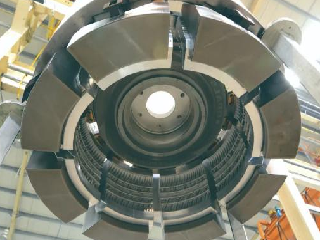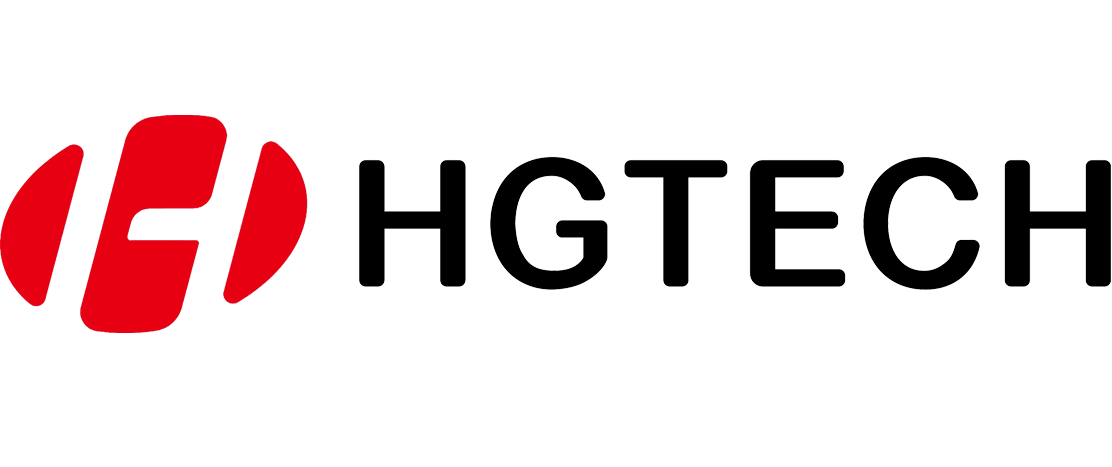Industrial cleaning can generally be divided into physical cleaning and chemical cleaning. Among them, physical cleaning mainly utilizes the principles of mechanics, acoustics, optics, electricity, and heat, relying on the action of external energy to remove surface dirt without changing the composition of the dirt. Among numerous cleaning methods, laser cleaning is an emerging method.

Since the birth of the first laser in the 1960s, lasers have been widely used in various fields, such as laser ranging, laser communication, etc. In the 1980s, it was discovered that when high-energy laser beams were irradiated on contaminated areas of objects, the irradiated pollutants would undergo reactions such as vibration, melting, evaporation, and eventually detach from the surface of the object. This phenomenon inspired researchers to invent laser cleaning methods. Afterwards, laser cleaning moved from laboratories to industrial applications, transforming into real productivity and gradually occupying a portion of the industrial cleaning market.
The basic principle of laser cleaning is to use the difference in the laser absorption coefficient of a specific wavelength between the cleaning substrate and pollutants, or the difference in the melting and boiling point temperatures of the two, to make the pollutants absorb laser energy, vaporize, volatilize, vibrate, and instantly expand under heat, ultimately peeling off the surface of the substrate, thus achieving the purpose of cleaning. Laser cleaning can be applied to rust removal, oil removal, paint removal, oxide film removal, coating removal, pre weld and post weld cleaning, etc.
The research and equipment development of laser cleaning technology in China started relatively late, and there is still a significant gap compared to foreign countries. At present, scientific research institutions engaged in laser cleaning include the Laser Fusion Center of the China Academy of Engineering Physics, the Remanufacturing Center of the Armored Corps Engineering College of the PLA, Harbin University of Technology, Huazhong University of Science and Technology, Nankai University, etc.
Laser cleaning has three major advantages compared to traditional cleaning methods. The first is to be more green and environmentally friendly. Unlike traditional methods such as chemical cleaning and high-pressure water jet cleaning, laser vaporizes pollutants to peel off the cleaning substrate, leaving no waste liquid or waste gas, and generating no noise. This ensures the safety of the cleaning work environment and reduces health damage to operators. Secondly, compared to traditional technologies, laser cleaning is more precise and controllable. The minimum cleaning area can be precisely controlled to the millimeter level, and the removal thickness of pollutants can be achieved layer by layer at the nanometer level, thus meeting the various precision needs of customers. Thirdly, with a high degree of intelligence, compared to traditional cleaning methods, lasers are easy to automate and integrate with welding, painting and other processes to achieve fully automated and unmanned operations.
According to data from international investment consulting agencies, the global industrial cleaning market size was $46.8 billion in 2019, and it is predicted to reach around $58.2 billion by 2024. Regarding the branch of laser cleaning, according to market research firm Reportlinker, the global laser cleaning market was valued at $614 million in 2019, and is expected to reach $724 million by 2023. It can be seen that laser cleaning is currently not the mainstream industrial cleaning method. Although its scale has the prospect of continuously increasing, it only accounts for less than 1.5% of the total scale of industrial cleaning.
There are two reasons why laser cleaning has not yet become the mainstream industrial cleaning method. The first is higher costs, and the second is not yet efficient enough. Customers who do not require high cleaning accuracy generally choose cheaper and more convenient chemical cleaning agents.
Through the efforts of scientific researchers in recent years, the laser cleaning technology has also developed laser ablation cleaning method and laser liquid film assisted cleaning
There are three typical cleaning methods, namely washing method and laser shock wave cleaning method. The application scope of laser cleaning technology is not limited to traditional workpiece rust removal, but also extends to the maintenance fields of cultural relics cleaning, ocean equipment, high-speed trains, etc. At the same time
The scale of light cleaning is also constantly making new breakthroughs, and the development of new laser composite cleaning technology effectively solves the problem of traditional laser cleaning technology being difficult to clean composite materials. Secondly, laser cleaning technology still faces the challenges of expensive equipment and warmth
Weaknesses such as lengthy trial trials will inevitably encounter various obstacles in the process of application popularization. However, industry insiders still clearly recognize that laser cleaning technology holds enormous development potential and commercial value in future industrial development
The market value of laser cleaning equipment is still growing rapidly year by year. With China’s independently developed high-power laser cleaning equipment successfully entering the market, breaking the import restrictions of foreign countries on China’s laser cleaning core equipment, the success of laser cleaning equipment
This will inevitably lead to a further downward adjustment, laying a solid foundation for China’s laser cleaning technology to further enter the market on a large scale. In a solution that can be pre used, laser cleaning technology will surely achieve rapid development, injecting new impetus into related industries.
About HGSTAR: HGSTAR is is a sub-brand of HGTECH.HGTECH the pioneer and leader of laser industrial application in China, and the authoritative provider of global laser processing solutions. We have comprehensively arranged laser intelligent machine, measurement and automation production lines, and smart factory construction to provide overall solutions for intelligent manufacturing.

